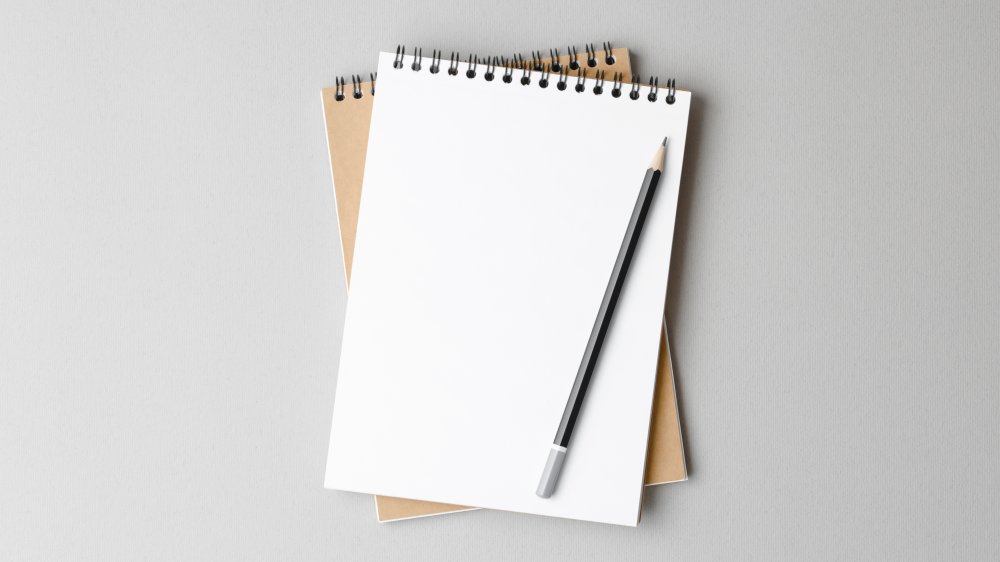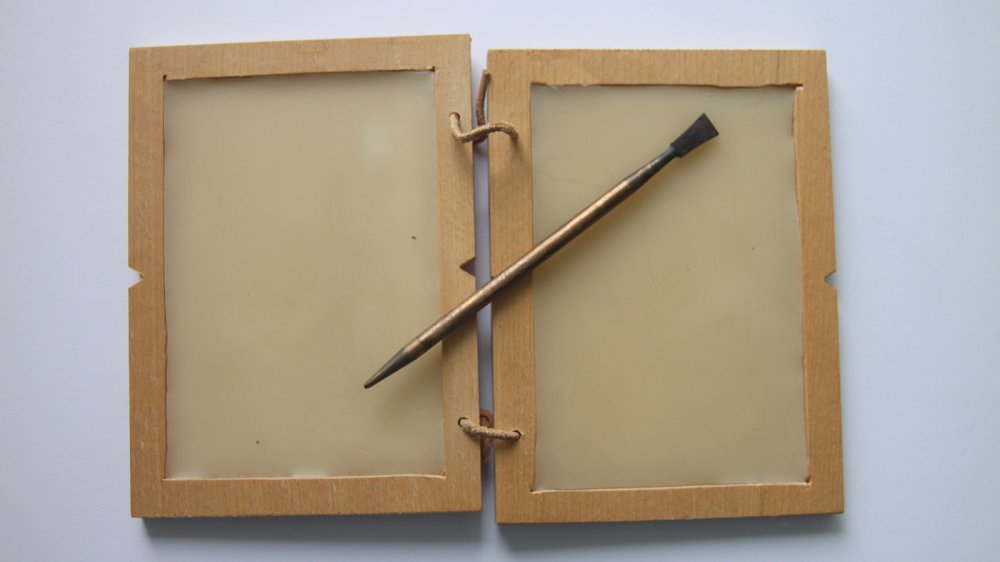The True History Of The Pencil
For a moment, banish the thought of grabbing an iPad and tapping out a text to a friend. In fact, there's not only no iPad, or phone, or laptop, or word processor on a 1980s Compaq Presario. There's just you and a pen, or pencil, and a piece of flapping paper. Then imagine how long it would take you to write something, and how it would change your writing: its structure, its voice, and even your very thoughts as they flow to the page in a more methodical, slower way. The act of writing itself, physically, might even become an art form.
And then, go one step further: you have no pencil. Maybe no paper. How do you communicate your thoughts? How do you remember the name of that guy you met last Friday at Rob's place? How do you remember the steps of how to cook vegan ramen? It's all just cognitive. Stored in your brain, and transmitted verbally, person to person. There is simply no way, tangibly, to record any information whatsoever.
The history of the pencil, in this way, is inextricably linked with the entire history of human communication as it flowed from oral traditions to written communication, and the development of written languages, where tiny scrawled symbols denoted sounds made by the human mouth, tongue, and throat. And then, Gutenberg's printing press, created in 1440, meant that not every single word on every single copy of a page had to be written one at a time.
Wrapped in string and dipped in gold
In this way, with writing tools came the ability to build on previously learned information in new and complex ways without leaving things to memory. It's no coincidence, then, that the Renaissance, a time of scientific and artistic explosiveness, came on the heels of the development of the printing press and the popularization of the first widespread writing tools, per Pencils. These implements began as graphite wrapped in string in 16th century England, and produced marks darker than lead. Eventually, string was replaced by wooden casings, and voilà: the pencil was born.
These newfangled inventions were mass-produced in Germany starting in 1662 before taking off during the Industrial Revolution in the late 18th century. Companies such as Faber-Castell, established in 1761, helped proliferate the revolutionary writing tool. As for how pencils in the US became those typical, yellow #2 jobs, well ... according to The Elective, this was a way for early pencil makers to indicate that their pencils were made with the world's most superior graphite, which came from China. Yellow is a regal color in China, and the first yellow pencil, the Koh-i-Noor, was actually dipped in 14-karat gold. Being predictably expensive, the gold was replaced with paint.
And as for the whole #2 thing, we have renowned naturalist, poet, and philosopher Henry David Thoreau's father, John, to thank for that. Out of all the pencils that Thoreau's pencil-manufacturing father produced, #2 was the best balance of graphite and clay.
Ancient Roman styluses etched letters in wax
The pencil didn't arrive on the scene only in the 16th century, though. Remember that folks had been using ink on vellum and parchment for hundreds of years to record history, stories, etc. While the feathered quill originated in the 1400s as a finer, more precise instrument than its forebears, as described on History of Pencils, quills can be traced back to the 2nd century BCE, when folks typically used reed pens sharpened from an actual reed, or piece of straw. And before that, of course, there was chisel and stone.
But ink is different from graphite, and the earliest progenitor of the pencil comes from ancient Rome, only a bit later than the first recorded use of the reed pen. As Ars Technica says, Romans were scribbling down their thoughts using a stylus since around 70 CE, about 50 years before the construction of Hadrian's Wall started (yes, styluses like those Blackberries things). Some 14,000 artifacts from this time were found in London as recently as 2013, during the building of the new Bloomberg headquarters. An inscription on one of these styluses reads, "I have come from the City. I bring you a welcome gift with a sharp point that you may remember me."
These styluses were about the size of a pencil, and carved letters into a sheet of wax atop a wooden tablet. Like a photographic negative, the wax was etched away, leaving the darker wood beneath to show through.


